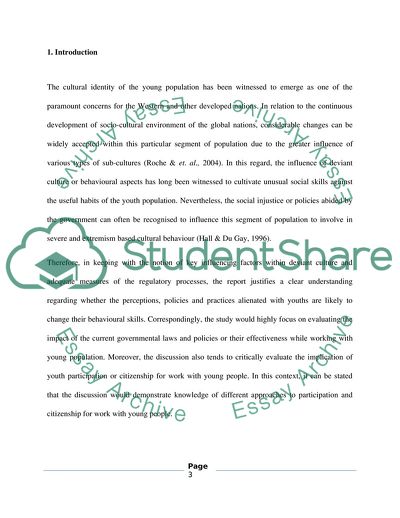Cite this document
(To What Extent Joining a Particular Youth Sub-Culture Might Be Viewed Coursework, n.d.)
To What Extent Joining a Particular Youth Sub-Culture Might Be Viewed Coursework. Retrieved from https://studentshare.org/social-science/1811138-essay-2000-words-discuss-to-what-extent-joining-a-particular-youth-sub-culture-might-be-viewed-as-deviant-behaviour
To What Extent Joining a Particular Youth Sub-Culture Might Be Viewed Coursework. Retrieved from https://studentshare.org/social-science/1811138-essay-2000-words-discuss-to-what-extent-joining-a-particular-youth-sub-culture-might-be-viewed-as-deviant-behaviour
(To What Extent Joining a Particular Youth Sub-Culture Might Be Viewed Coursework)
To What Extent Joining a Particular Youth Sub-Culture Might Be Viewed Coursework. https://studentshare.org/social-science/1811138-essay-2000-words-discuss-to-what-extent-joining-a-particular-youth-sub-culture-might-be-viewed-as-deviant-behaviour.
To What Extent Joining a Particular Youth Sub-Culture Might Be Viewed Coursework. https://studentshare.org/social-science/1811138-essay-2000-words-discuss-to-what-extent-joining-a-particular-youth-sub-culture-might-be-viewed-as-deviant-behaviour.
“To What Extent Joining a Particular Youth Sub-Culture Might Be Viewed Coursework”. https://studentshare.org/social-science/1811138-essay-2000-words-discuss-to-what-extent-joining-a-particular-youth-sub-culture-might-be-viewed-as-deviant-behaviour.


